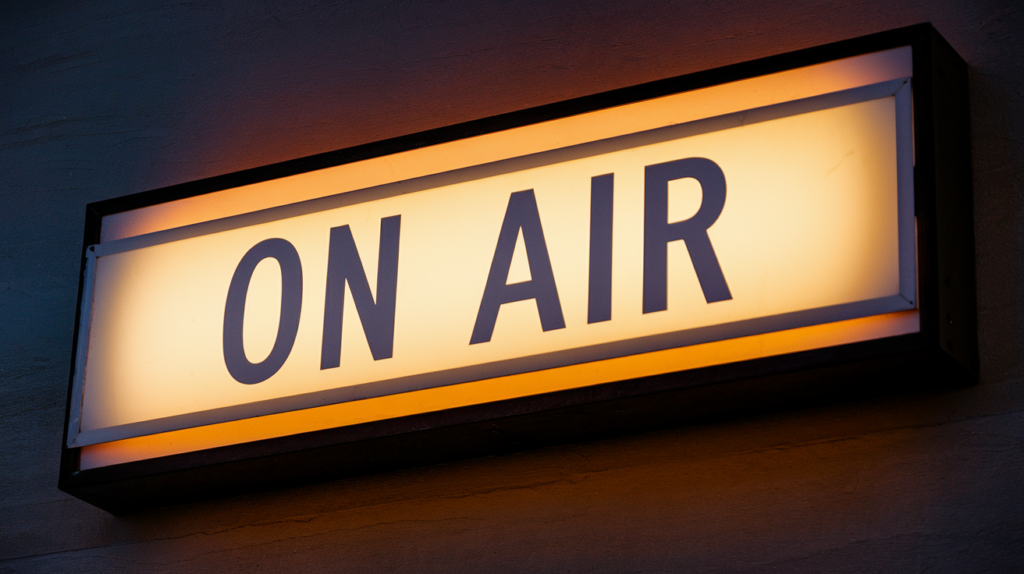Belgium’s rich tapestry of culture and language is shaped by its two dominant groups: the French-speaking Walloons and the Dutch-speaking Flemish. This intricate balance has defined the nation’s identity, influencing everything from politics to everyday life. Understanding how these two languages emerged as central forces in Belgium offers insight into the country’s unique character.
The historical roots of French and Flemish dominance trace back centuries, driven by social, economic, and political factors. As you delve into this fascinating story, you’ll discover how language became a powerful tool for unity and division alike, shaping modern Belgium’s landscape. Join us on this journey through time to explore the dynamics that led to the prominence of French and Flemish cultures in this vibrant nation.
Key Takeaways
- Belgium’s identity is shaped by the cultural and linguistic dynamics between the French-speaking Walloons and Dutch-speaking Flemish, influencing its politics and daily life.
- Historical events, such as the 1830 revolution against Dutch rule, solidified language divisions and established French and Dutch as official languages in Belgium.
- Language serves as a cultural identifier, with distinct media consumption patterns and educational systems reflecting the linguistic split between Wallonia and Flanders.
- Political developments have reinforced linguistic dominance through constitutional provisions that recognize language rights, impacting governance and public services.
- The coexistence of French and Flemish cultures enriches Belgium’s literary and artistic landscape, showcasing diverse narratives across various mediums.
- Economic factors are influenced by language dominance; businesses often tailor marketing strategies to target specific linguistic groups while bilingualism enhances employment opportunities.
Historical Background of Belgium
Belgium’s historical development has significantly shaped its cultural and linguistic identity. The interplay between the French-speaking Walloons and the Dutch-speaking Flemish laid the groundwork for modern Belgium.
Early Influences
Early influences in Belgium stemmed from various tribes, including the Celts and Germanic groups, who populated the region. Roman conquest in 57 BC introduced Latin, which later evolved into Romance languages. The influence of neighboring countries also played a role, with French culture becoming prominent after the Burgundian and Habsburg dynasties established control in the 15th century.
Formation of Belgium as a Nation
The formation of Belgium as a nation occurred in 1830 following a revolution against Dutch rule. This uprising solidified national identity while highlighting linguistic divisions. The newly formed state recognized both French and Dutch as official languages. Political tensions emerged as each group sought dominance within government institutions, schools, and media outlets. Over time, these dynamics led to an ongoing dialogue about representation that continues to influence Belgian society today.
The Rise of French and Flemish
The prominence of French and Flemish in Belgium stems from historical, cultural, and political developments. These two linguistic groups have shaped the nation’s identity, influencing various sectors including governance and education.
Role of Language in Society
Language serves as a key cultural identifier in Belgium. French dominates in the Walloon region while Flemish prevails in Flanders. This linguistic split impacts daily interactions, media consumption, and educational systems. In urban centers like Brussels, bilingualism is common, creating a unique blend that showcases both cultures. The presence of French-language media alongside Dutch-language outlets illustrates how each group maintains its own voice within society.
Political Developments
Political dynamics play a significant role in reinforcing the dominance of both languages. The formation of Belgium as an independent nation led to constitutional provisions recognizing linguistic rights. Over time, regional autonomy created frameworks where each language group could advocate for its interests effectively. Legislative measures address issues like education funding and public services based on language preferences, ensuring representation for both communities.
This ongoing evolution continues to shape Belgium’s political landscape as each group seeks to assert its influence while navigating complex intergroup relations.
Cultural Impact of French and Flemish Dominance
French and Flemish cultures have significantly shaped Belgium’s identity, influencing literature, arts, education, and media. The coexistence of these two dominant languages fosters a rich cultural environment that reflects the historical interactions between their speakers.
Literature and Arts
Literature in Belgium showcases the contributions of both French-speaking Walloons and Dutch-speaking Flemish. Renowned authors like Georges Simenon represent the French literary tradition, while writers such as Hugo Claus highlight Flemish narratives. This duality enriches Belgium’s literary landscape with diverse themes, styles, and perspectives.
In visual arts, movements like Surrealism found expression through Belgian painters such as René Magritte from the French community. In contrast, artists like Paul Delvaux emerged from the Flemish tradition. Art institutions often celebrate this heritage by promoting exhibitions that feature works from both communities.
Education and Media
Education systems reflect linguistic divides yet strive for inclusivity. Schools in Wallonia primarily teach in French while those in Flanders use Dutch as the medium of instruction. Bilingual education programs appear in urban areas like Brussels to accommodate diverse populations, fostering cross-cultural understanding.
Media consumption also varies along linguistic lines. Francophone media outlets dominate Wallonia with television channels such as RTBF providing news and entertainment content tailored to French speakers. Meanwhile, Flanders boasts its own array of media sources like VRT catering specifically to Dutch viewers.
Both educational frameworks and media platforms play crucial roles in disseminating cultural narratives across language borders while reinforcing each group’s distinct identity within Belgium’s multifaceted society.
Modern Implications of Language Dominance
Language dominance in Belgium significantly impacts various sectors, including the economy and social dynamics. The ongoing interaction between French and Flemish cultures influences how you navigate day-to-day life within the country.
Economic Factors
Economic factors intertwine with language dominance, shaping business operations and market accessibility. Companies often align their marketing strategies to target specific linguistic groups. For instance, businesses operating in Flanders primarily use Dutch, while those in Wallonia cater to French-speaking audiences. This divide affects everything from customer service to advertising campaigns. Multilingual capabilities can enhance competitiveness by enabling access to both markets effectively.
A strong understanding of regional languages also plays a role in employment opportunities. Many employers prefer candidates fluent in both French and Flemish for diverse roles across different industries. Companies increasingly recognize that bilingual employees facilitate better communication within multicultural teams and improve overall productivity.
Social Cohesion and Tensions
Social cohesion remains a double-edged sword due to language dominance. Bilingualism fosters collaboration among communities, particularly in urban centers like Brussels, where diverse cultural exchanges occur daily. Individuals who embrace multilingual environments find themselves benefiting from broader social networks that promote understanding and cooperation.
Conversely, tensions arise when linguistic identities clash over governance or resource allocation. Political discourse often reflects these divisions; debates about language policies can lead to heated discussions regarding representation in public services or education systems. Awareness of these dynamics is essential for anyone engaging with Belgian society or conducting business within its borders.
Understanding the complexities surrounding language dominance equips you with insights into Belgium’s identity while navigating its multifaceted environment effectively.
Conclusion
Understanding how French and Flemish became dominant in Belgium offers valuable insights into the nation’s identity. The intricate relationship between these two linguistic communities has shaped cultural expressions education and political landscapes.
As you explore Belgium’s diverse society you’ll notice how language not only defines personal identities but also influences daily interactions and economic opportunities. Recognizing the significance of both French and Flemish cultures equips you to appreciate the complexities of Belgian life. Embracing this duality can enhance your experience whether you’re visiting or engaging in business within this vibrant country.
Frequently Asked Questions
What are the main linguistic groups in Belgium?
Belgium primarily consists of two linguistic groups: the French-speaking Walloons and the Dutch-speaking Flemish. Each group has its unique cultural identity, shaped by historical events and influences.
How has language influenced Belgium’s identity?
Language plays a crucial role in shaping Belgium’s identity. The historical development of French and Flemish languages affects politics, education, and media, creating a strong sense of belonging for each community.
What is the historical background of Belgium’s linguistic landscape?
Belgium’s linguistic landscape evolved through early tribal influences, Roman conquest introducing Latin, and later dominance by French culture during the Burgundian and Habsburg periods. This history laid the foundation for modern linguistic divisions.
How do education systems reflect language divides in Belgium?
Education systems in Belgium are divided along linguistic lines, with French taught in Wallonia and Dutch in Flanders. Bilingual programs exist in urban centers like Brussels to promote cross-cultural understanding.
What impact does bilingualism have on business in Belgium?
Bilingualism is highly valued in the Belgian job market as employers seek candidates fluent in both languages. It enhances communication within multicultural teams and improves business operations across different regions.
How do media consumption patterns differ between French and Flemish communities?
Media consumption varies significantly; Francophone outlets dominate Wallonia while Dutch media caters to Flanders. These distinct media landscapes reinforce cultural narratives tied to each community’s language.
What political tensions arise from Belgium’s linguistic divisions?
Political tensions stem from competing interests between French-speaking Walloons and Dutch-speaking Flemish over governance, resource allocation, and representation. Constitutional provisions aim to address these issues but challenges remain.
Why is understanding Belgium’s cultural dynamics important?
Understanding these dynamics is essential for anyone engaging with Belgian society or conducting business there. It provides insights into social interactions and helps navigate the complexities of its multifaceted environment.






